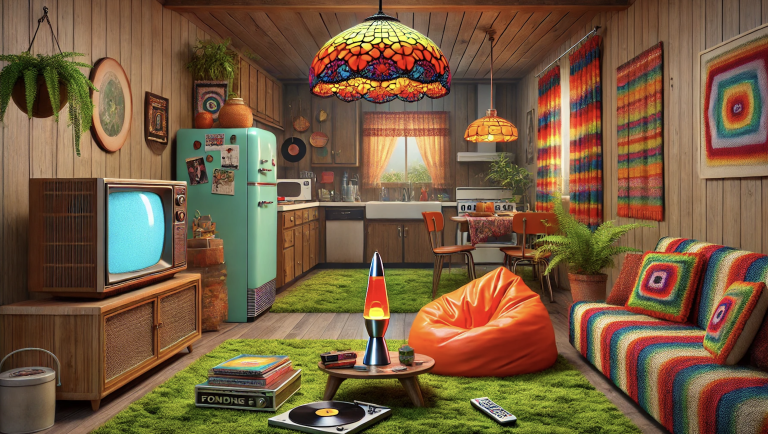In the ever-evolving realm of graphic design, understanding the intricate fabric of human perception becomes paramount. It’s not just about colors and forms; it’s about decoding user intent, embracing the subtleties of human psychology, understanding situational semantics, and harnessing the power of synonyms to craft designs that resonate. Whether it’s a digital platform or a tangible print, the best graphic designs are the ones that tell a story, evoke emotions, and are inherently rooted in the context they are created for.
User Intent: Beyond the First Glance
The essence of user intent is, quite simply, understanding why. Why did a user click on an ad? Why did they stop scrolling to study a webpage banner? When one grasps the motivation driving an individual’s actions, it becomes easier to design elements that not just capture but also engage.
Take, for example, a digital ad for a luxury perfume. A design that captures the effervescence of youth might draw the eye, but for a user intending to find a mature, sophisticated scent, the design fails to resonate.
In offline use cases, say a billboard for the same perfume in an upscale business district, understanding that the intent of passersby might lean towards seeking luxury and sophistication can make the difference in design decisions.
Human Psychology: Tapping into the Undercurrent of Perception
It’s one thing to catch the eye; it’s another to tug at the heartstrings and yet another to influence decisions. Design isn’t merely an aesthetic endeavor; it’s a deep dive into the human psyche.
Color Theory: A fundamental understanding of color theory, for instance, is an exploration of human psychology. The color blue might represent trust and dependability, which explains its extensive use in the banking and corporate sectors. The exhilarating red could evoke urgency and passion, thus its prevalence in clearance sales or romantic products.
Shapes & Symmetry: Our brains are wired to appreciate symmetry, associating it with beauty. Symmetrical designs are viewed as more professional and trustworthy. However, for brands seeking a cutting-edge or alternative image, asymmetry can create a dynamic tension that captivates the viewer.
Situational Semantics: Context is King
Graphic design does not exist in a vacuum. The semantics, or meaning, derived from any design heavily depends on the situation it is presented in.
Consider a minimalist design, which in a modern art gallery may convey sophistication and contemporary chic. However, the same design in a kid’s toy store might appear out of place and disconnected. The situation changes the semantics, transforming how the design communicates and is perceived.
The Synonym Spectrum: Crafting Nuanced Narratives
Synonyms are not just the forte of writers. In graphic design, they come alive as shades, gradients, and nuanced design elements that carry similar meanings but provide slightly different flavors.
For instance, if a brand wishes to communicate ‘innovation’, there are multiple visual avenues to take. Futuristic fonts, forward-pointing arrows, and abstract tech elements are all synonyms in the visual lexicon of innovation. However, each brings a slightly different nuance — from cutting-edge modernism to forward momentum, to the world of tomorrow.
Synonymity in design also aids in reaching out to a diverse audience. Different individuals might resonate with slightly varied design elements, and leveraging synonyms can ensure a broader appeal.
Conclusion: Mapping the Symphony of Engagement
In an era where our senses are perpetually inundated with a cascade of visuals, the true artistry of design lies not merely in capturing attention, but in holding it. Standing out is no longer just about a striking visual — it’s about crafting an enthralling narrative that’s as deeply insightful as it is aesthetically stunning. The power of a design narrative lies in its intricate tapestry of understanding user intent, plunging deep into the multifaceted realm of human psychology, fine-tuning the resonance of situational semantics, and orchestrating the nuanced harmonies of visual synonyms.
To the discerning graphic designer, each project isn’t just a task; it’s an expedition. A voyage into the heart of these intricate dimensions, exploring the myriad ways in which design elements can be more than merely seen. It’s about crafting experiences that are palpably felt, intimately understood, and, most importantly, indelibly imprinted upon the viewer’s psyche. Every pixel, every stroke, and every shade becomes part of an intricate ballet, where designs cease to be mere visuals and metamorphose into lasting stories, memories, and connections.
But, how does one navigate this labyrinthine world of design? How do companies and brands position themselves at this nexus of art and insight? Enter Bl3nd Design Agency. With a prowess honed by years of expertise and a deep understanding of these guiding principles, Bl3nd is uniquely poised to be your guiding star in this odyssey. Crafting not just designs, but legacies.
Let’s embark on this journey together. Reach out to Bl3nd Design Agency and chart a course through the mesmerizing world of graphic design nuances. Let us redefine, refine, and reimagine the narrative of your brand, turning the mundane into the sublime, and your vision into a tangible, enduring masterpiece.





















